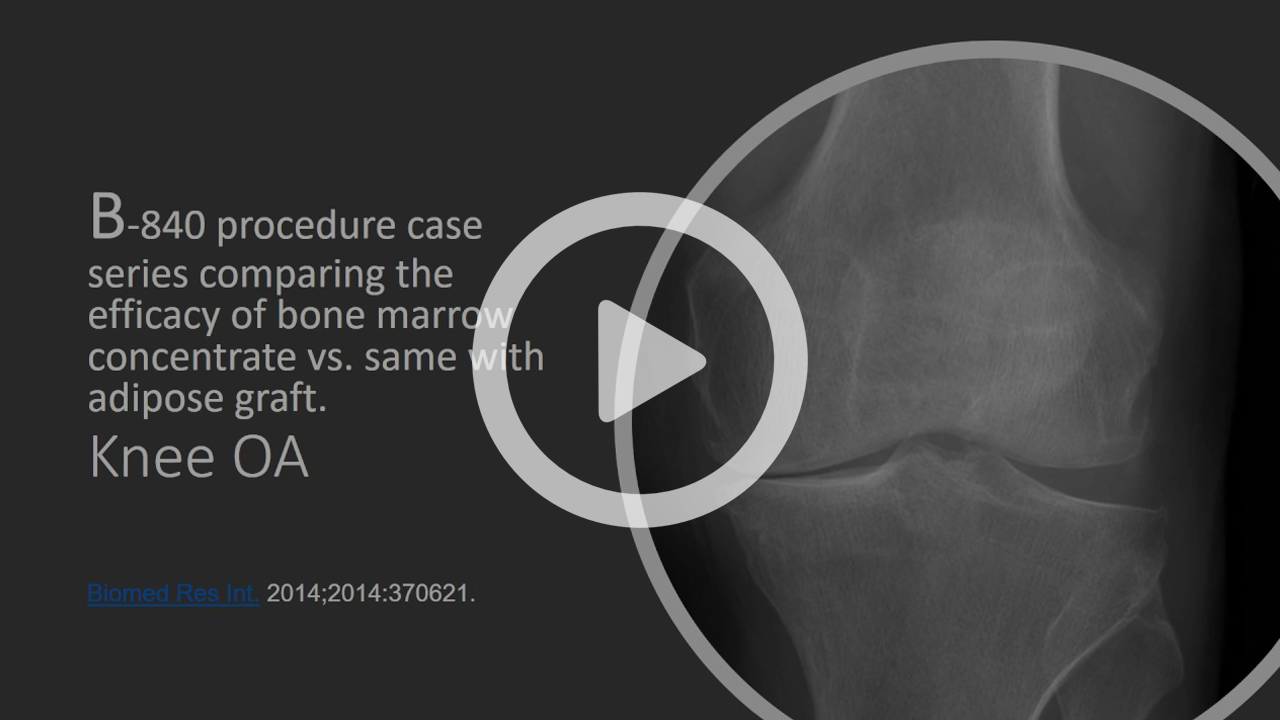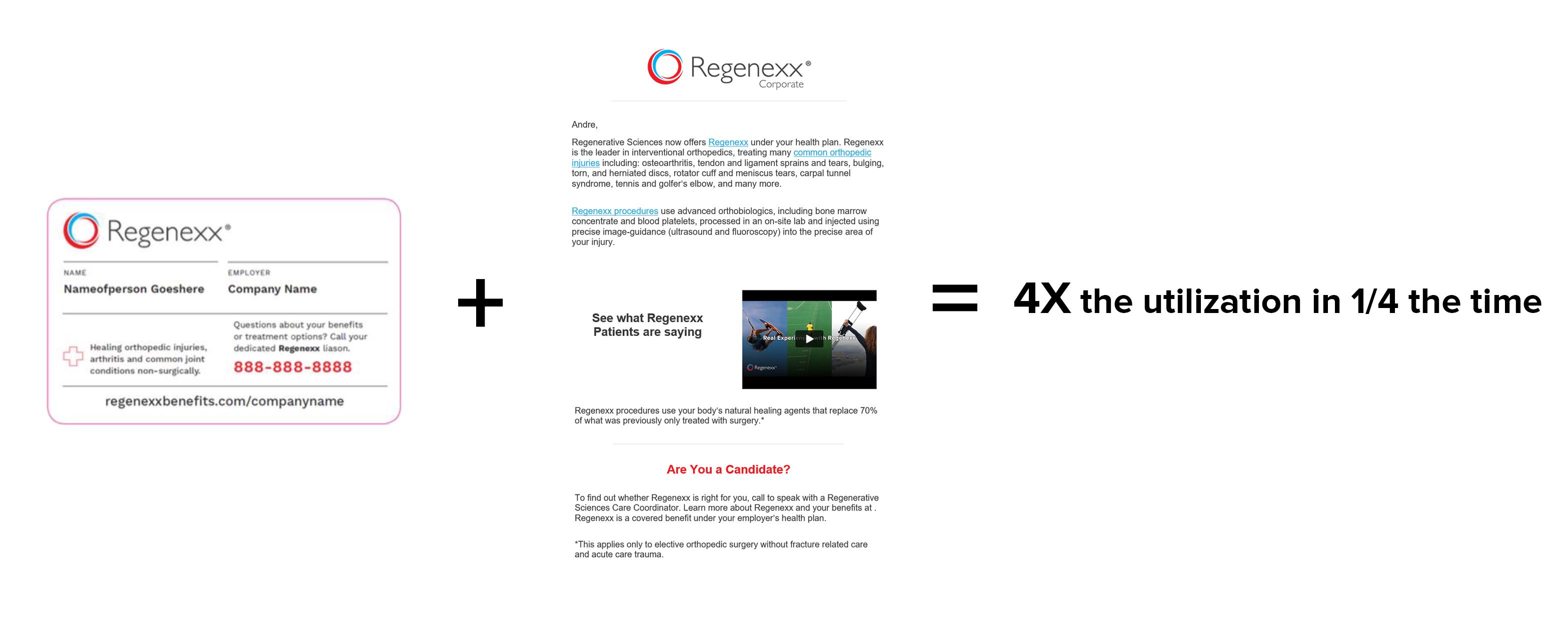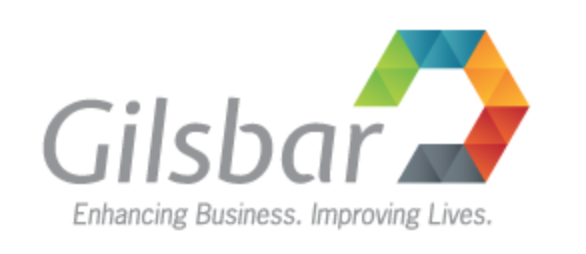Name: Ellen Lindahl, RN, MPA
Title: Clinical Review Director
Industry: Employee Benefits Management / Worker’s Comp
Client Base:
Employers with 100 or more benefit eligible employees
What are some of the causes of employee dissatisfaction with current health plans when it comes to orthopedic benefits?
Musculoskeletal disorders–conditions and injuries affecting the bones, joints and muscles–can be painful and debilitating, affecting daily quality of life, activity and productivity.
The lack of options to treat these conditions is a major concern for employees.
For example, with significant osteoarthritis of the knee and hip, most orthopedic surgeons offer a trial of conservative therapy that may include medications and physical therapy, but when these approaches fail, knee/hip replacement surgery is typically
the only other option currently offered to patients. These major surgical approaches typically include an inpatient admission, significant cost, risk, recovery and time away from work and other daily activities. Employees and employers alike are seeking less
invasive/less costly approaches that offer equal or better clinical outcomes than invasive surgery.
What is the conversation among your employers when it comes to unnecessary or avoidable orthopedic surgeries that are happening with employees?
Our employers are seeing the rate of knee, hip and shoulder replacements as well as other major orthopedic surgeries rapidly grow, and these procedures are taking a toll in both direct medical costs and also time away from work. Employers are increasingly recognizing
that there is
little in the evidence-based literature that demonstrates superior clinical outcome for many of these major orthopedic procedures and that there is widespread variation in how likely patients are to undergo them.
According to the Dartmouth Atlas, the rate of shoulder replacement is 10 times higher in some regions than others and the rate of knee and hip replacements can be up to four times higher in certain geographic regions.
The decision to undergo surgery seems to be influenced more by physician judgement and density of orthopedic surgeons in a given geographic region than by the preferences and values
of individual patients or clinical evidence of effectiveness. Employers are very interested in giving their employees high quality care options and access to shared decision-making programs so that well informed choices can be made.
Please explain the considerable time and analysis you went through before introducing the Regenexx Corporate Program to your employers.
Relph Benefits Group does a thorough analysis of all point solution partners to verify they can make a clinical impact and are medically safe. Regenexx has published much more literature on patient outcomes than exists for many other much more invasive (and
costly) medical interventions (e.g. carotid endarterectomy, elective gallbladder surgery and hysterectomy to name a few). Regenexx has conducted over 44% of the research in their field (when calculated by the number of patients treated)
²,
more than all of the other stem cell therapy providers combined, and this gave us the confidence that it was the most tested and researched modality in the orthobiologic space.
We looked closely at the randomized control trials, the peer reviewed data and the national Regenexx clinical registry with published outcomes which provided the basis for our confidence and enthusiasm about introducing
the Regenexx Corporate Program as a valuable strategy for our clients.
We spent considerable analysis in the highest categories of orthopedic surgery such as spine, hip, knee and shoulder to verify for carefully selected patients.
²
Orthopedic
Bone Marrow Stem Cell Research Summary







